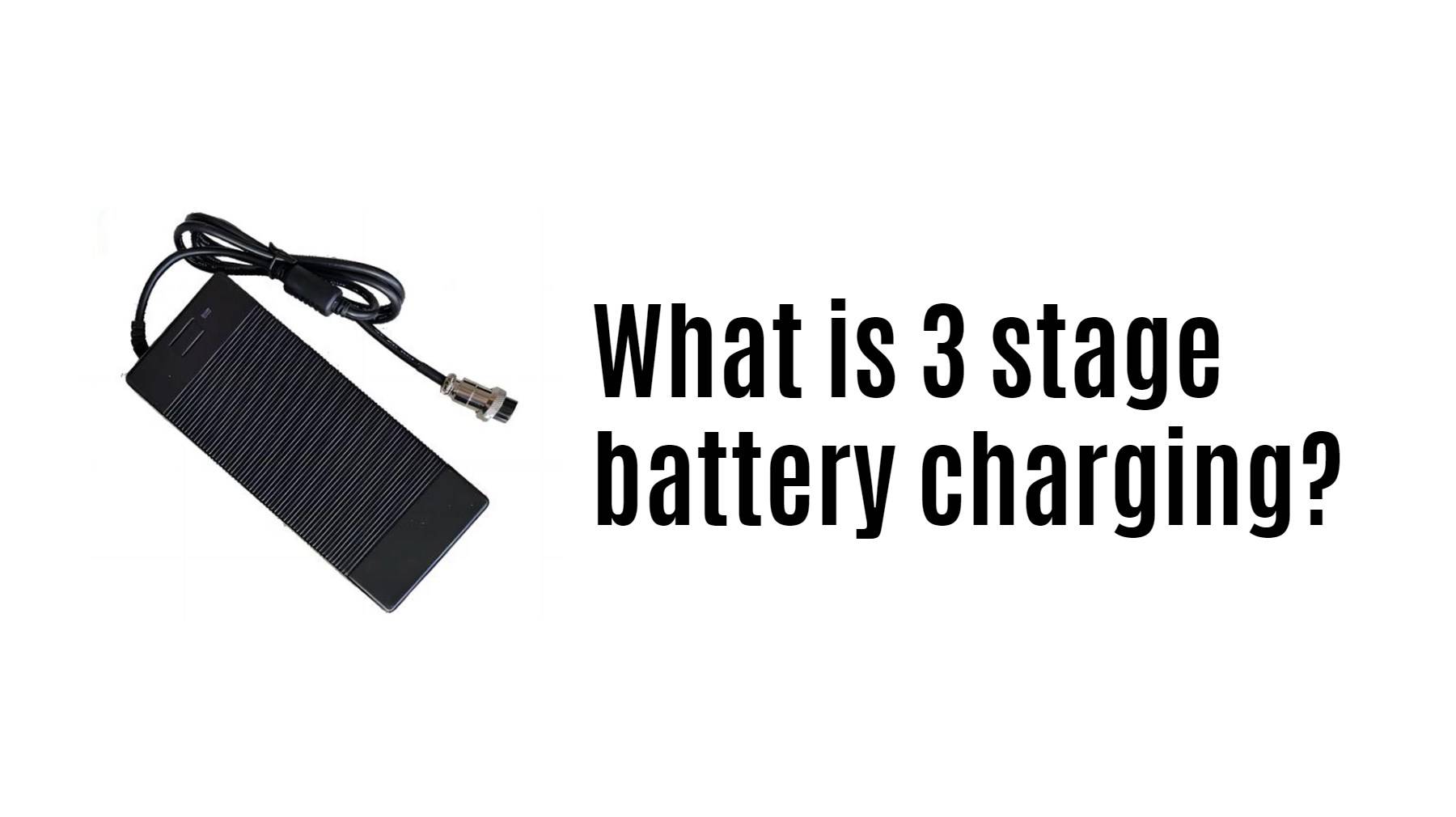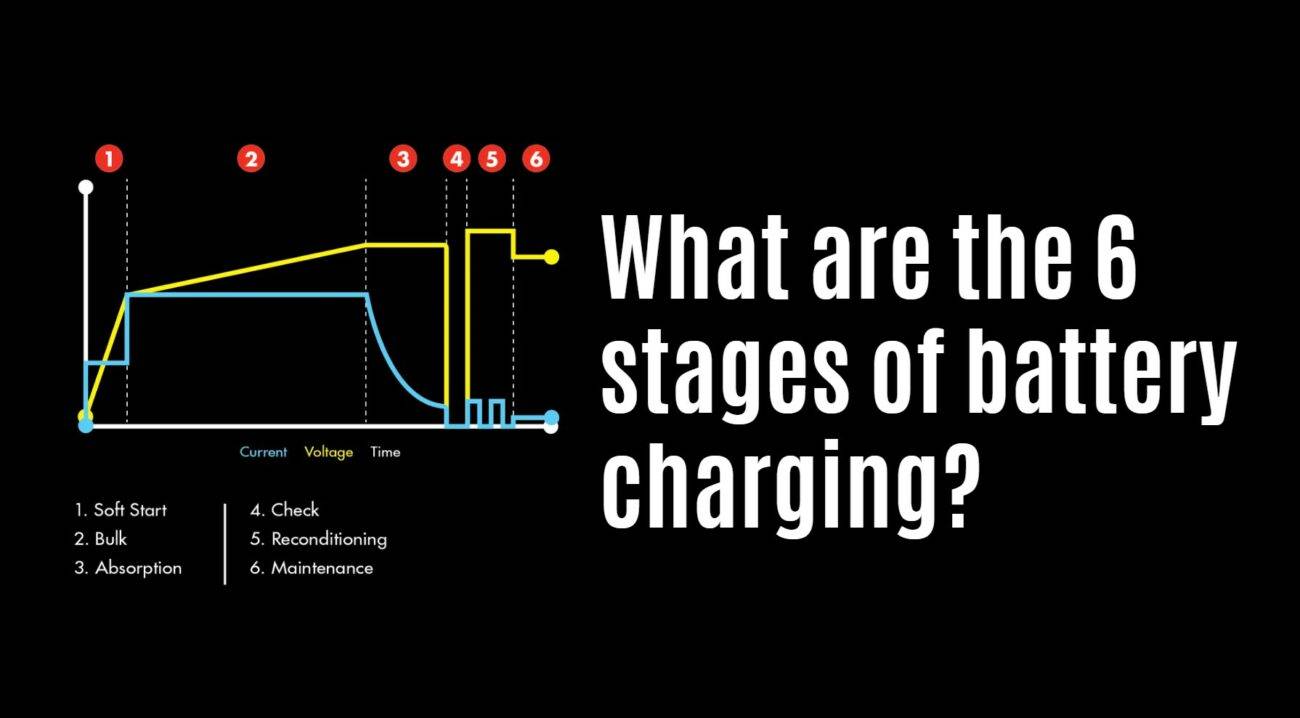- Rack-mounted Lithium Battery
- Golf Cart Lithium Battery
-
Golf Cart Lithium Battery
- 36V 50Ah (for Golf Carts)
- 36V 80Ah (for Golf Carts)
- 36V 100Ah (for Golf Carts)
- 48V 50Ah (for Golf Carts)
- 48V 100Ah (Discharge 100A for Golf Carts)
- 48V 100Ah (Discharge 150A for Golf Carts)
- 48V 100Ah (Discharge 200A for Golf Carts)
- 48V 120Ah (for Golf Carts)
- 48V 150Ah (for Golf Carts)
- 48V 160Ah (Discharge 100A for Golf Carts)
- 48V 160Ah (Discharge 160A for Golf Carts)
-
Golf Cart Lithium Battery
- Forklift Lithium Battery
- 12V Lithium Battery
- 24V Lithium Battery
- 36V Lithium Battery
- 48V Lithium Battery
-
48V LiFePO4 Battery
- 48V 50Ah
- 48V 50Ah (for Golf Carts)
- 48V 60Ah (8D)
- 48V 100Ah (8D)
- 48V 100Ah
- 48V 100Ah (Discharge 100A for Golf Carts)
- 48V 100Ah (Discharge 150A for Golf Carts)
- 48V 100Ah (Discharge 200A for Golf Carts)
- 48V 150Ah (for Golf Carts)
- 48V 160Ah (Discharge 100A for Golf Carts)
- 48V 160Ah (Discharge 160A for Golf Carts)
-
48V LiFePO4 Battery
- 60V Lithium Battery
-
60V LiFePO4 Battery
- 60V 20Ah
- 60V 30Ah
- 60V 50Ah
- 60V 50Ah (Small Size / Side Terminal)
- 60V 100Ah (for Electric Motocycle, Electric Scooter, LSV, AGV)
- 60V 100Ah (for Forklift, AGV, Electric Scooter, Sweeper)
- 60V 150Ah (E-Motocycle / E-Scooter / E-Tricycle / Tour LSV)
- 60V 200Ah (for Forklift, AGV, Electric Scooter, Sweeper)
-
60V LiFePO4 Battery
- 72V~96V Lithium Battery
- E-Bike Battery
- All-in-One Home-ESS
- Wall-mount Battery ESS
-
Home-ESS Lithium Battery PowerWall
- 24V 100Ah 2.4kWh PW24100-S PowerWall
- 48V 50Ah 2.4kWh PW4850-S PowerWall
- 48V 50Ah 2.56kWh PW5150-S PowerWall
- 48V 100Ah 5.12kWh PW51100-F PowerWall (IP65)
- 48V 100Ah 5.12kWh PW51100-S PowerWall
- 48V 100Ah 5.12kWh PW51100-H PowerWall
- 48V 200Ah 10kWh PW51200-H PowerWall
- 48V 300Ah 15kWh PW51300-H PowerWall
PowerWall 51.2V 100Ah LiFePO4 Lithium Battery
Highly popular in Asia and Eastern Europe.
CE Certification | Home-ESS -
Home-ESS Lithium Battery PowerWall
- Portable Power Stations
What is 3 stage battery charging?

Say goodbye to constant battery worries! Discover the game-changing solution of 3-stage battery charging for reliable and efficient power. This blog explores the three stages, benefits, applications, and implementation methods, ensuring optimal battery performance. Get ready to supercharge your devices with this innovative approach! Let’s dive into the secrets behind 3-stage battery charging.
The Three Stages Explained: Bulk, Absorption, and Float
Understanding the three crucial stages of battery charging is key to maximizing efficiency and ensuring the longevity of batteries. Let’s break it down:
- Bulk Stage:
- High current quickly recharges a significantly depleted battery.
- Essential for reaching about 80% capacity before transitioning to the next stage.
- Absorption Stage:
- Current output is reduced while maintaining constant voltage.
- Allows a slower, steady charge to top off the remaining 20% of capacity without overcharging.
- Float Mode:
- Charger provides a small trickle charge once the battery is fully charged.
- Voltage is lowered to prevent overcharging, compensating for self-discharge and minor connected loads.
Each stage plays a vital role in optimizing charging efficiency and minimizing battery wear. Understanding and correctly implementing these stages ensures longer-lasting and more reliable power sources for your devices or equipment.
Benefits of 3 Stage Battery Charging
Benefits of 3-Stage Battery Charging:
- Efficient Charging:
- Rapid bulk stage charges the battery quickly.
- Absorption stage brings it to full capacity effectively.
- Float stage maintains the charge without overcharging.
- Extended Battery Life:
- Prevents overcharging and sulfation.
- Saves money on replacements and reduces environmental waste.
- Improved Performance:
- Thorough charge cycles enhance overall battery performance.
- Devices run more efficiently for longer periods.
- Flexibility Across Battery Types:
- Tailored for flooded lead-acid and sealed AGM batteries.
- Advanced Technology for Control:
- Microprocessors and voltage sensors provide greater control.
- Constant monitoring and adjustments ensure optimal charging performance.
In conclusion, the benefits of 3-stage battery charging extend beyond ensuring full charges. This method enhances battery lifespan, improves performance, saves costs, reduces environmental impact, and accommodates various battery types – a comprehensive solution for rechargeable devices!
Common Equipment and Devices that Use 3 Stage Battery Charging
Common Applications of 3-Stage Battery Charging:
- Electric Vehicles (EVs):
- Ensures efficient charging for high-capacity EV batteries.
- Controlled three-stage process extends battery lifespan.
- Recreational Vehicles (RVs):
- Deep cycle batteries in RVs benefit from complete replenishment.
- 3 stage charging prevents overcharging or undercharging during trips.
- Solar Power Systems:
- Used in solar energy storage systems to maximize efficiency.
- Three-stage process extends the life of batteries in solar setups.
- Marine Applications:
- Boats and yachts utilize deep cycle batteries for onboard power.
- 3 stage chargers maintain electronics with minimal maintenance.
- Off-Grid Power Systems:
- Essential for remote locations relying on renewable energy.
- Optimizes energy management and maintains battery health.
Understanding these applications helps users make informed decisions for enhanced performance and prolonged battery life through the implementation of 3-stage battery charging technology.
How to Implement 3 Stage Battery Charging
Implementing 3-Stage Battery Charging: A Simple Guide
- Gather Necessary Equipment:
- Ensure you have a charger capable of bulk, absorption, and float stages.
- Confirm you have the right equipment for your specific batteries.
- Understand Battery Requirements:
- Refer to the manufacturer’s guidelines for voltage and current settings.
- Different batteries may have specific requirements for each charging stage.
- Set Up the Charger:
- Connect the charger to an appropriate power source.
- Securely attach the charger to your battery bank.
- Follow Safety Precautions:
- Adhere to safety guidelines provided by the manufacturer.
- Avoid overloading or overcharging to prevent damage or reduced lifespan.
- Monitor Charging Process:
- Regularly check battery status and voltage readings.
- Adjust charger settings based on indicators or readings as needed.
Implementing 3-stage battery charging is a straightforward process when equipped with the right information and tools. Following these steps carefully ensures efficient charging, prolonging the overall lifespan and performance of your batteries.
Frequently Asked Questions about 3 Stage Battery Charging
Frequently Asked Questions about 3-Stage Battery Charging
- Is 3-stage battery charging necessary for all types of batteries?
- No, it’s not necessary for all batteries. Smaller devices like car batteries may not require it, but for deep cycle batteries and larger energy storage systems, it’s highly recommended to maximize efficiency and lifespan.
- Can I use a regular charger with a 3-stage battery?
- Ideally, it’s best to use a charger designed for 3-stage battery charging. Regular chargers may not provide optimum results and could potentially shorten the battery’s life.
- How long does each stage of the charging process take?
- The duration varies based on battery size, capacity, and current state of charge. Generally, bulk charging takes around 70-80% of the total time, while absorption and float stages take less.
- Can I overcharge my battery during the absorption or float stages?
- No need to worry. These stages are designed to prevent overcharging by carefully regulating voltage levels once the battery reaches optimal charge, ensuring no damage from excessive voltage.
- Are there any risks involved in using 3-stage battery chargers?
- When used correctly following manufacturer instructions, there should be no significant risks. However, it’s crucial to follow safety guidelines, avoiding exposure to extreme temperatures or moisture.














